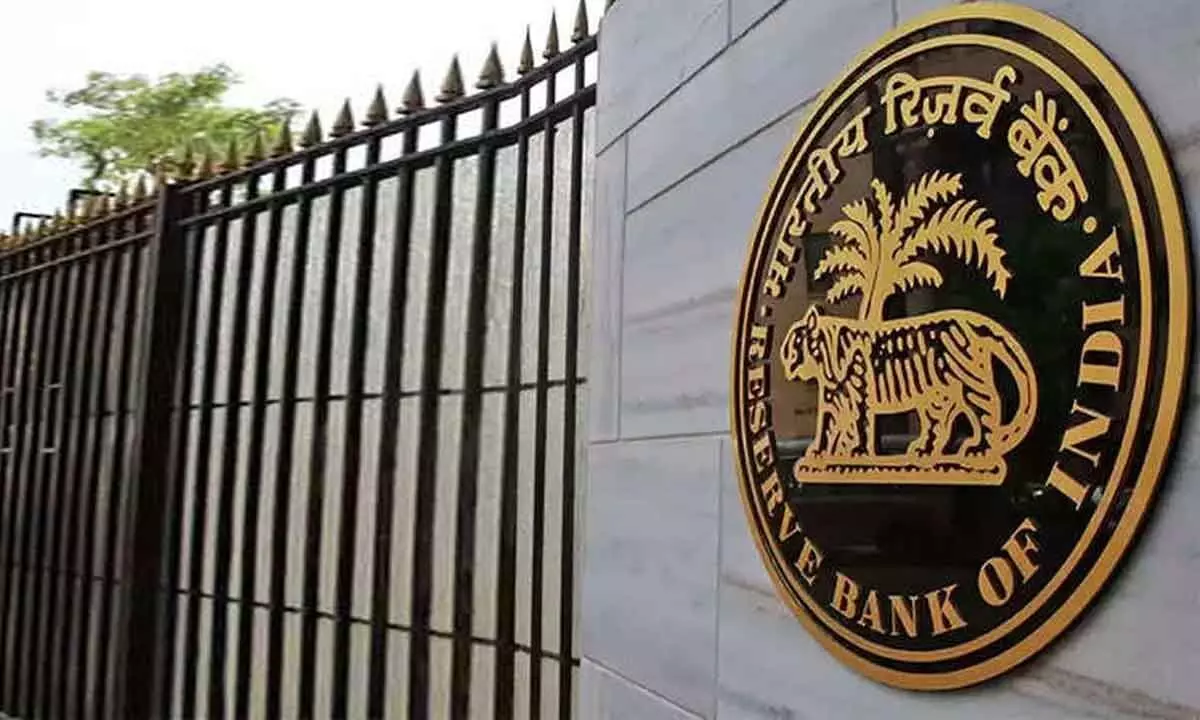Should MPC take a break from successive rate hikes?
image for illustrative purpose

CPI inflation falling to a 12-month low of 5.72 per cent in December clearly indicates that MPC should give a pause to the rate-hike spree, against economists' view that RBI may increase rates, in a dovish way in the forthcoming annual monetary policy review.
Of course, it is primarily due to a huge decline in vegetable prices with sowing practices by farmers undergoing a tectonic shift, aligning with better weather and technology forecasting. The vegetable CPI sub-index fell by 15.08 per cent, which is almost double the rate in the preceding month.
All other sub-components of food and beverages maintained a similar trend as seen in previous month. The gap between rural and urban CPI, however, increased to 66 bps in December as compared to only 1 bps in May. The rural CPI increased by 6.1 per cent in December when compared to the 5.4 per cent increase in Urban CPI. Large and persistent divergence between rural and urban inflation could result in differences in real wage rates, real interest rates and inflation expectations, which can pose challenges to the monetary policy.
The core CPI also moderated to 6.09 per cent in December, compared to 7.09 per cent in April. However, in the last 20 months core CPI has remained above 5.7 per cent while the average is at 6.07 per cent, says an Ecowrap study, which indicates that core CPI remained stagnant and elevated. Index of Industrial Production (IIP) for November has grown (y-o-y basis) at 7.1 per cent to 137.1. IIP for mining, manufacturing and electricity sectors grew (y-o-y basis) at 9.7 per cent, 6.05 per cent, and 12.7 per cent to stand at 122.7, 136.7 and 166.7, respectively.
Notwithstanding the welcome softening in prices of several essential commodities seen in early-January and the healthy rabi sowing trends, an unfavourable base could cause the food inflation print to harden somewhat in the ongoing month.
Icra expects the core inflation to remain elevated in Q4, given the continued pass-through of higher input costs by producers and sustained robust demand for services.
It adds that CPI inflation for January may be at 5.8-6.0 per cent, slightly higher than the December level, given the stickiness in core inflation and an unsupportive base for food inflation.
While the average CPI inflation in Q3 (6.1 per cent) has come in significantly below the MPC's projection of 6.6 per cent, analysts foresee a flattish print in Q4, before a considerable correction sets in during Q1 FY2024.
Taking into account the lower-than-expected CPI inflation print, and the muted average IIP growth of 1.3 per cent during October-November, one may expect that the MPC may choose to pause in February.
It remains to be seen about what happens in the next policy statement, which is slated for February 6-8 and comes just after the Union Budget and the FOMC policy statement on January 31, giving impetus to data-driven stance.

